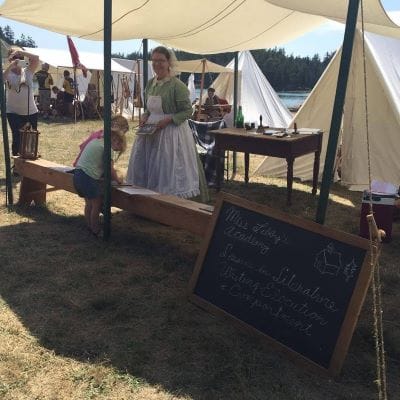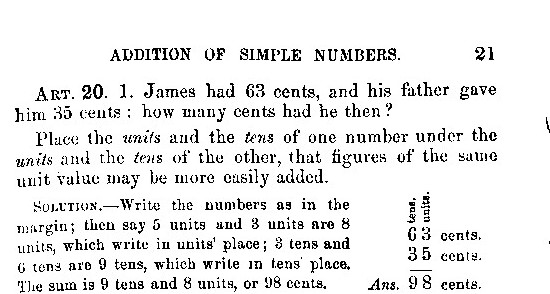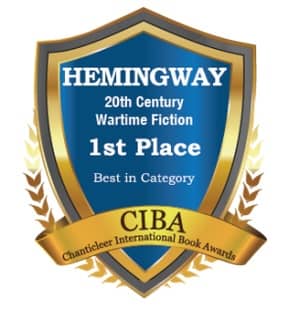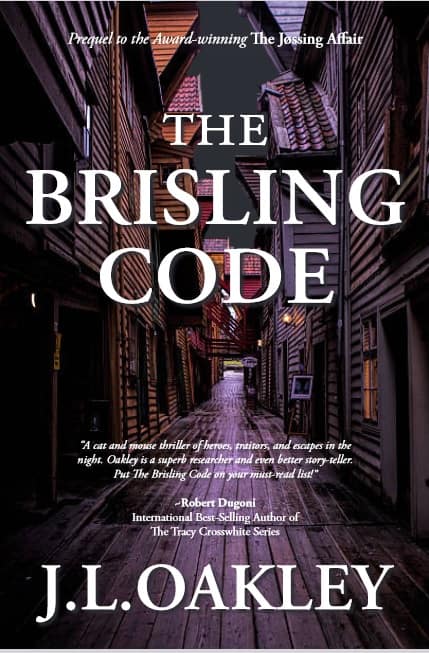What’s in Mrs. Hale’s Receipt for the Millions 1857?
1079. Method of making excellent Butter from the Milk of Cows fed upon Turnips – Let the bowls, either lead or wood, be kept constantly clean, and well scaled with boiling water before using. When the milk is brought into the dairy, to every eight quarts mix one quart of boiling water; then put up the milk into the bowls to stand for cream. By keeping strictly to this method, you will have, during the winter, constantly sweet and well tasted butter from the milk of cows fed upon turnips.
Where to Start?

I love posting Mrs. Hales notes about just about everything. Who knew about cows eating turnips and their effect on milk quality? It sounds like it could make for some sour butter or cream.
For nearly 40 years, I have been teaching history to young learners and from the beginning, I tell teachers (whom I have also taught) that I don’t do Mickey Mouse history. Every piece of whatever activity I teach is thoroughly researched. Authentic history is important, not just for the young scholar, but the parents who more than often my volunteers at the stations. Over the years I’ve tackled mining in Skagit Valley, surveying for homesteads, pioneering, Oregon Trail, early naturalists, colonial life, and early schools of Washington Territory.

Early schools have been an interest of mine ever since I began demonstrating at San Juan Island English Encampment at the national park in Washington State. I’m Miss Libbby. That is also the name of a character for a station on early schools I designed for 3rd graders out at the Bellingham School District’s Conservation Site. I continued this focus at the Skagit County Historical Museum when I was the educator there, designing a “traveling trunk” that told the history of schools in the county during the state’s territorial days to the 1890s. For two summers, I ran a history camp at the museum’s historic school.
Doing the Research
Many schools approach teaching the subject of early schools with simple activities. I like to go further. Creating the right activity for a certain time period is very important for me, so I search out not only activities such handwriting conventions, journals, children’s literature, math and science but how schools were run. Territorial Washington formed the OSPI (Office of Superintendent of Public Instruction) in 1861, setting standards for teachers and suggested books to use such a Ray’s Arithmetic, approved spellers, etc. It has been great fun running down rules of penmanship (I use the McGuffy method when I teach kids to do cursive). I have my “scholars” do recitations (Mary Had Little Lamb works) and write on real slate boards before they write in their copy books.

For my Skagit County schools which started later, I focus on the 1890s. The museum was lucky to a have a fire insurance book that shows the layout of the schools throughout the county. Attendance records for students in Whatcom and Skagit Counties are preserved at the state archives in my town and very fun to read. They tell how much a teacher was paid, how many boys and girls in the class, etc. One school listed a blind girl. All of these pieces I pull together to created a summary or overview that a parent or teacher can follow. Knowledge helps with my persona and how I run the workshop.
In a few weeks, I’ll be back on San Juan Island at the national park for Encampment. It will be fun to see friends who are some of the best interpreters of life on the island including the Hudson Bay’s Company, Royal Marines and US Army (who jointly occupied the island until the water boundary was settled between Vancouver Island and Washington Territory in 1872) and various citizens on the island. I’ll be teaching school again, sweetly, probably my last time.
Book News

In book news, The Brisling Code won a first place for the Hemingway 20th Century War Stories. Very excited about earning this award for my novel. The Chanticleer book review will be coming out in early July. Good times.

